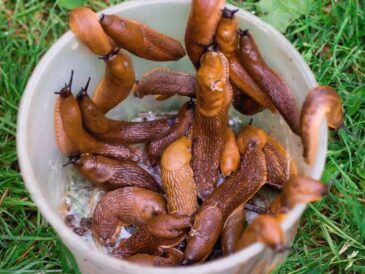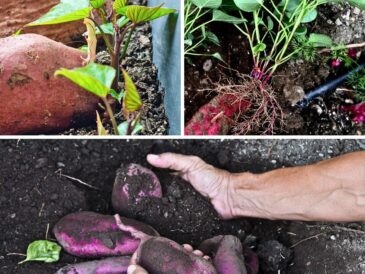Steps:
- Choosing the Right Container:
- Use a container at least 18 inches in diameter and 12 inches deep, with good drainage holes. Larger containers are better for the plant’s root system.
- Soil Preparation:
- Fill the container with a high-quality, acidic potting mix. You can use a mix designed for acid-loving plants or create your own with peat moss, pine bark, and perlite.
- Planting:
- Plant the blueberry bush in the center of the container, ensuring the root ball is level with the soil surface. Water thoroughly after planting.
- Care and Maintenance:
- Place the container in a location that receives full sun. Water regularly, as container plants dry out faster than those in the ground. Fertilize with an acidic fertilizer according to the package instructions.
Method 4: Using Mulch and Soil Amendments
To maximize blueberry production, proper soil management is crucial. Blueberries thrive in acidic soils, so maintaining the right pH level is essential.
Steps:
- Testing Soil pH:
- Use a soil pH test kit to determine the acidity of your soil. Aim for a pH between 4.5 and 5.5.
- Amending Soil:
- If the soil is too alkaline, add sulfur or aluminum sulfate to lower the pH. Follow the product instructions carefully.
- Incorporate organic matter like peat moss, compost, or pine needles to improve soil structure and fertility.
- Mulching:
- Apply a thick layer of organic mulch, such as pine bark, wood chips, or straw, around the base of the plants. Mulch helps retain moisture, suppress weeds, and gradually acidify the soil as it breaks down.
Tips for a Never-Ending Supply
TO CONTINUE READING PLEASE SEE NEXT PAGE




